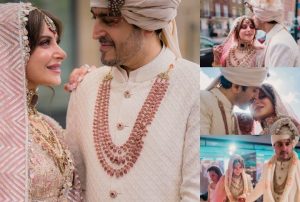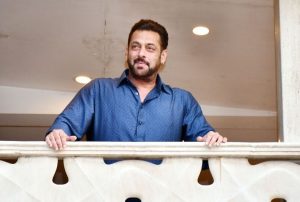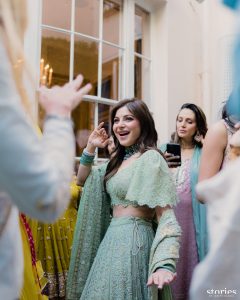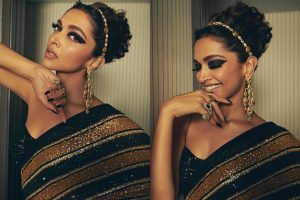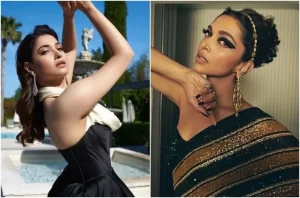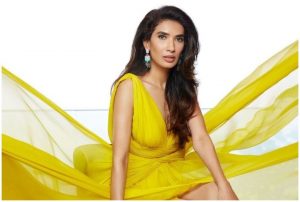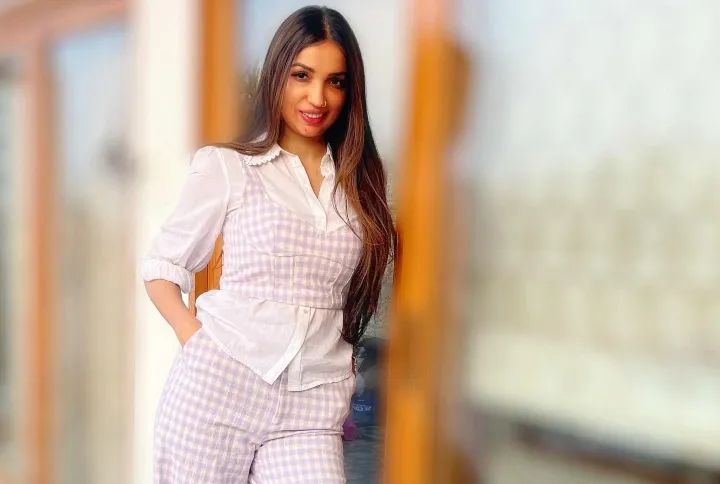
I have always admired the writing of Kanika Dhillon ever since I first witnessed her craft in Manmarziyaan. Especially her female characters are admired by a lot of people, while also scrutinized by some. But being a man, I understand that I might never understand the psyche of a woman completely, so I really find an authenticity in seeing Kanika’s female characters. They are head-strong, sometimes rebels as well, but they have an identity of their own that goes beyond their equations with the men in their life, and that’s what I really like about her writing.
Kanika has given some amazing female characters in films like Haseen Dillruba, Kedarnath and Rashmi Rocket, and these characters are a lot different than the ones I have grown up seeing in our cinema. So, curiously as I ask Kanika about her inspirations behind her female characters, the writer gives me an honest answer.
She says,
“I have said this many times that I am just writing my women as they should be written. I am not doing anything extraordinary. I am just writing the women I meet and the ones that surround me. I don’t necessarily put them in a box or on a pedestal, I write them as real women, as how human beings should be written. They are not unidimensional. It’s strange that I have been told that my female characters are totally different, very compelling and rebels. I just want to say that they are just how real women are.”
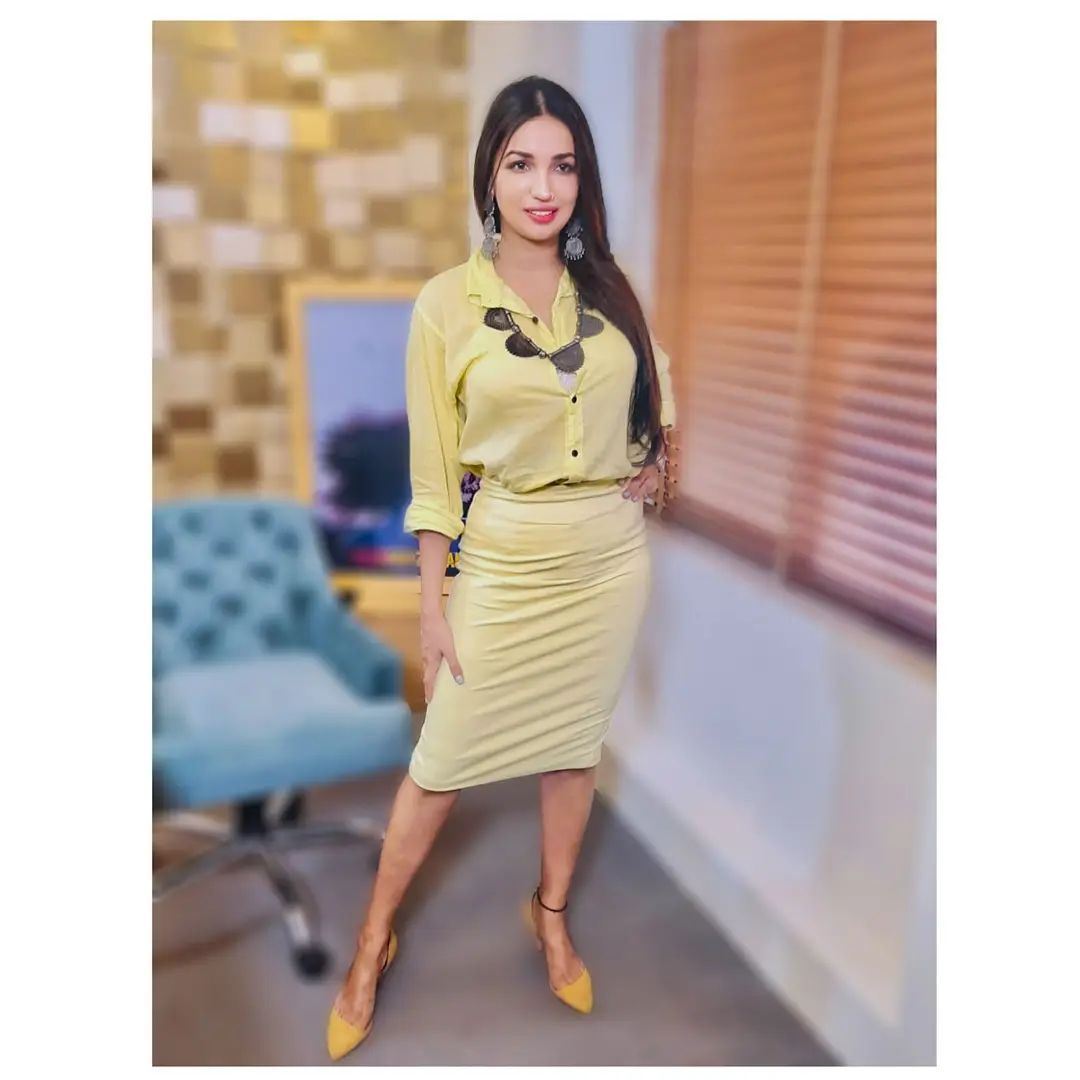 Source: instagram | @kanika.d
Source: instagram | @kanika.d
The writer-producer insists that her characters stand out for scrutiny because for a long time we have seen women being written from a man’s perspective. Thus, this approach might not relate to a lot of cinema going audience.
Kanika adds,
“It’s just that for decades we have seen women portrayed through men’s lens. In the ’70s. ’80s or the ’90s, most of the writers were men and I am not saying that men can’t portray women in a wholesome manner, of course they can. But the truth of the matter is that storytelling in the industry was dominated by men, hence the women that were portrayed so far, barring a few great characters that still stand out, were primarily from a male gaze on how a women should be. They were always an appendage to a man. It was a very unknowingly patriarchal situation where the definition of a heroine was either a girlfriend, a wife, a mother, a sister or a daughter, but beyond that we couldn’t see any other dimension. But in real life, not all women are like that. We have our own life, our own ambitions and problems. It’s not a binary narrative, these are boxes that have been made in a very patriarchal manner. There is a whole world of characterization in between. Between a good woman and a bad woman is where the real women are, and I have just tapped into that reality and those women are my inspiration.


